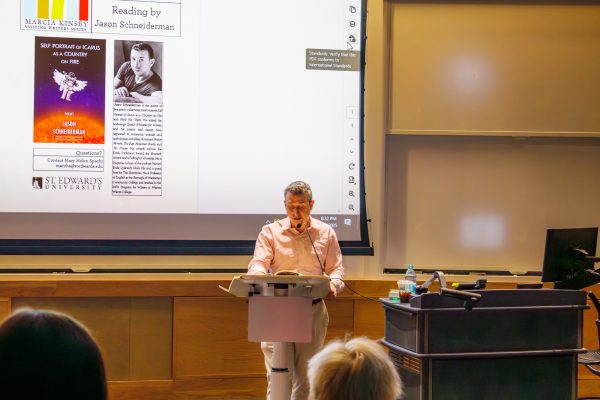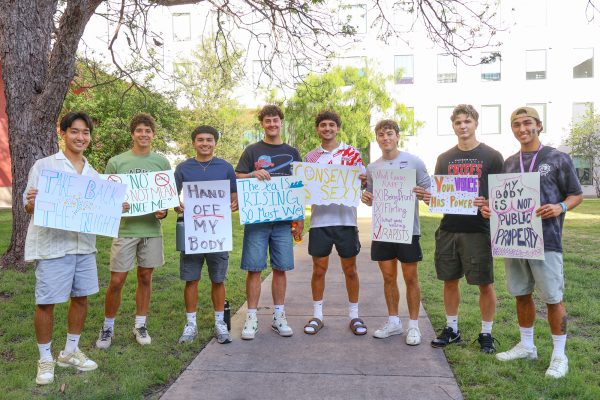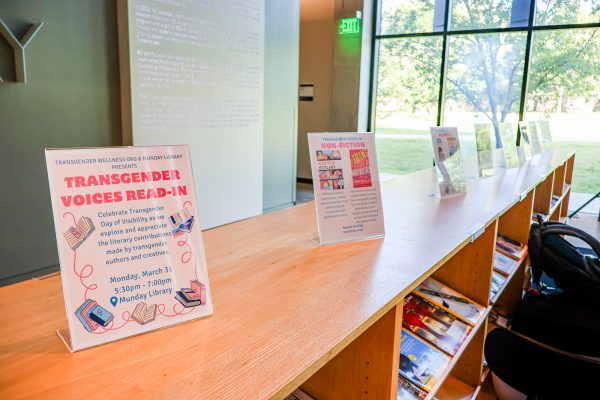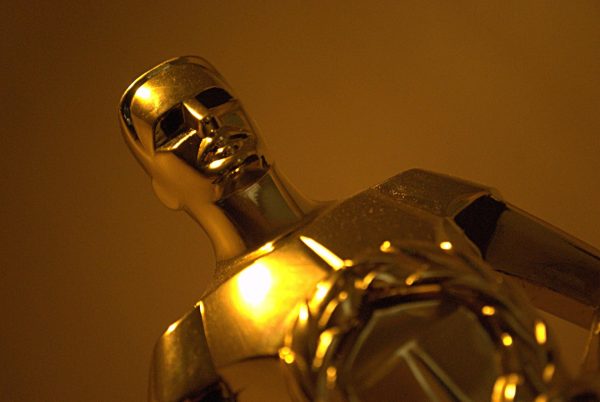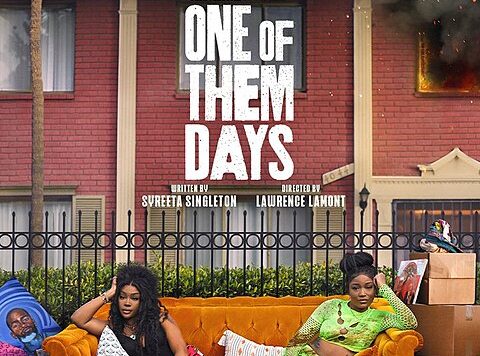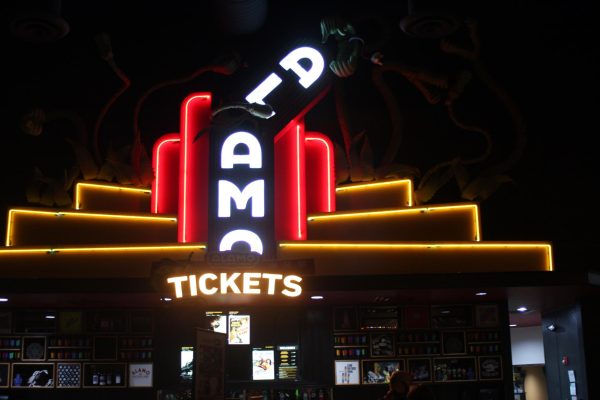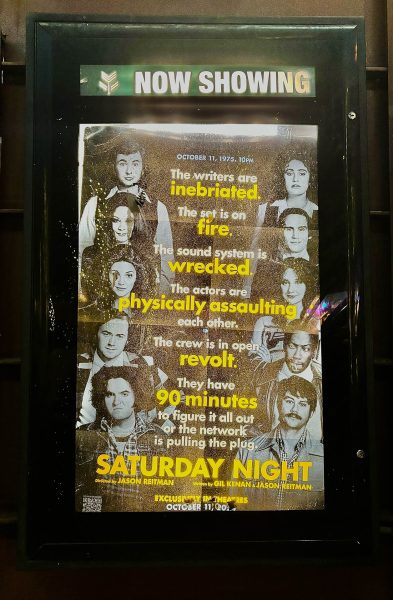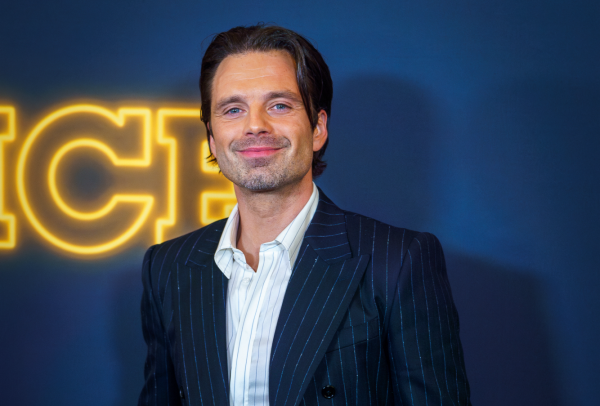New film “Zoom” pioneers concept of metatextual relationship
Intertwining narratives opens the door for an interesting line of thought in any medium. As the method for telling stories evolves, they become increasingly complex and somewhat ambiguous. So in a postmodern era, such as ours, things are almost never what they seem.
“Zoom,”a film directed by Pedro Morelli, tells the complex story of three creators interacting with each other through various mediums.
The film begins with character Emma (played by actress Alison Pill), an amatuer graphic novelist, working as an artist in a sex doll factory. Her latest work involves action film director Edward Deacon (played by Gael Garcia Bernal), who is finishing his latest movie, an indie drama. The main character of his film is played by fictitious actress Michelle (played by Mariana Ximenes), who is currently writing a book about a graphic artist named Emma.
This creates a loop where it is unclear as to who is the true narrator or creator is. The film helps to distinguish the changes in the three realities by employing different filming techniques. At times, it is only through these techniques that the audience can tell whose story is being told on screen.
The first level, Emma’s, is shot in a gritty and realistic way, using mostly greys and cluttered spaces. The second level, Edwards’s world, is an animated world that is, at first, only in black and white, but develops vibrant color as Emma continues to work on the comic. The third level, Michelle’s writing vacation, is an open and colorful world, looking somewhat like a postcard.
As the three stories unfold the characters realize the affect they have on one another. By the end of the film, the three creators piece together that it is each of their actions that alter the others’ realities.
Coming to this realization, the three need to figure out how to keep their realities in tact. By continuing their stories, the existence of each world is maintained. The film’s ending is rather ambiguous as it never reveals which is the base reality.
The film plays around with the concept of who creates the reality of a creator. So by creating this film, the director is establishing a conversation between mediums. This is as close to a metatextual relationship as possible in film.
“Zoom” is willing to take such a dense and cerebral concept and compress it into an hour and a half. Even with the compression, the film’s narrative line remains tight, and doesn’t devolve off into unrealistic territory for the world of the film.
In an ever changing world where authors, artists and directors are trying to redefine the way stories are told, “Zoom” takes the idea of throwing mediums within mediums and just runs with it.
“Zoom” is a film that at its core is revolutionary in its presentation of narrative. The way it uses artists as creators is something that is rather uncommon in film and television, but more likely to be found in comic books, a medium that the film explores as well.
The ability to set realities and artists against one another and have them interact is something seen in larger comic book narratives. Some of comic’s most influential writers, such as Alan Moore, Geoff Johns and Grant Morrison, explore this technique to provide meta-commentary on their creations.
The film creates three separate but interconnected stories in its protagonists, while somehow managing to tell a compelling story that will leave you searching for answers. Anyone looking for a movie to entertain or put you into an existential crisis, “Zoom” is definitely the film for you.
“Zoom” is available to stream on platforms such as Amazon and iTunes.


